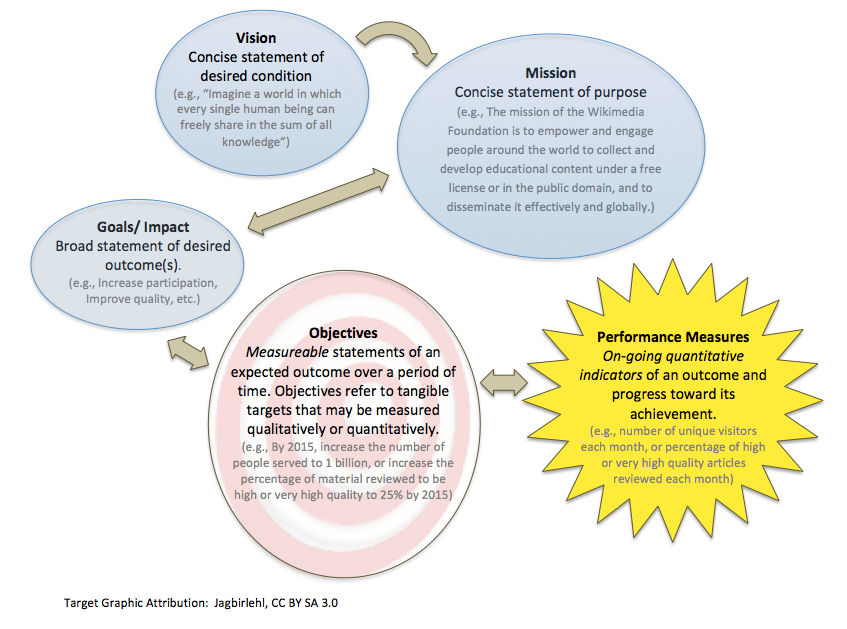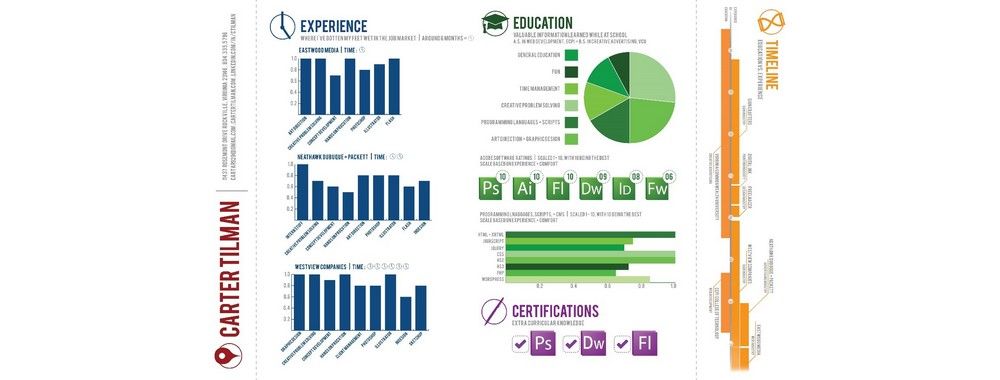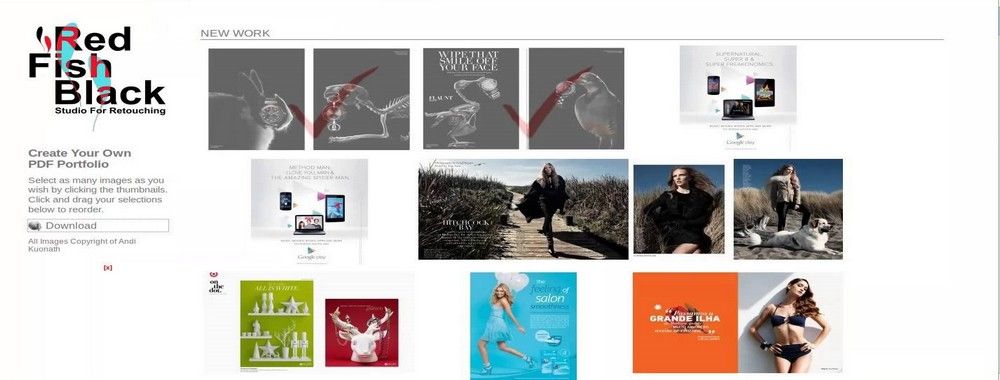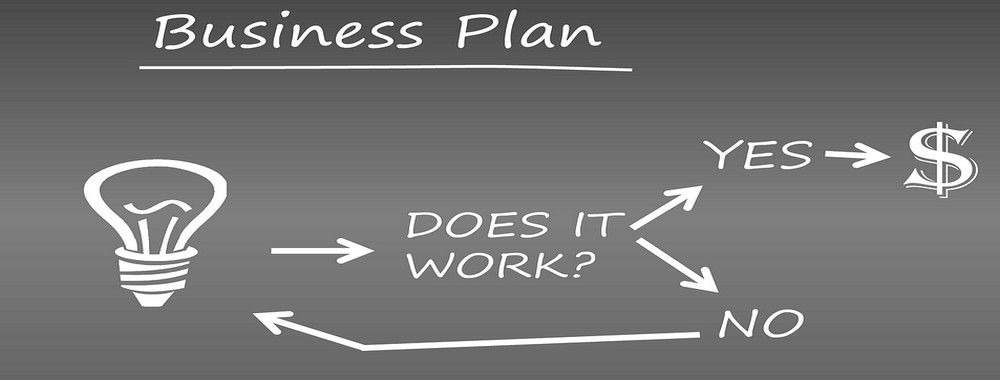Angry customers are a fact of life. Even when you do everything right—something goes wrong that’s outside of your control, but, in truth, we all get it wrong sometimes. That means you have to be able to deal with angry customers—and the best entrepreneurs and freelancers go a step further – they learn how to turn an angry customer into a fan of their business when the opportunity arises.
Calming down angry customers means trying to see the problem from their side. You can learn a lot from your angry customers and improve your services accordingly. When you do take reasonable customer complaints seriously—you will turn these customers into your most loyal customers. However, there are always a few customers who are unreasonable, and you need to be aware of when to stop dealing with them.
Sometimes when we deal with people, they get angry. Handling angry customers is not always a pleasant experience, and it can be quite unsettling. However, if a customer does become angry— there are ways to handle their anger (in many but not all cases); learning how to do this effectively can help you build better customer relationships—and it can help you improve your services.
Why Do Customers Become Angry?
There’s no doubt that some customers become angry because we’ve let them down. If you’ve made a major mistake or missed a deadline, a customer may well become angry—and you should put a lot of energy into handling that anger. Never forget that your customers are responsible for your company’s reason for existing and that even your most loyal customers always have a choice about where to take their business.
However, there are plenty of people out there who get angry because they’re angry all the time. Others are angry because they’re having a hard time in another area of life and it spills out into an interaction with someone else. Then, there are people who use anger to mask an intention to try and avoid paying you. In short, sometimes client anger is rational, and sometimes it’s not, and—in the very worst cases—it’s designed to mislead/defraud you.
Learn from Your Angry Customers
Many clients are actually quite reasonable people, and you should always start by taking any customer critique as an opportunity to learn and improve your services.
“Thank your customer for complaining and mean it. Most will never bother to complain. They'll just walk away.”
― Marilyn Suttle, Success Coach, Communication Expert and Author
Why?—because you can learn to improve your services if you listen to your angry customers.
“Angry customers are your greatest source of learning.”
– Bill Gates, Founder of Microsoft
Instead of approaching reasonable customer complaints as annoying and a waste of your time, you will do yourself and your business a big favour if you actually take your time to ask and understand what your customer is upset about.
“Instead of avoiding criticisms, make criticisms work for you.”
― Aniekee Tochukwu Ezekiel, Psychology of Friendship for Leadership
How to Deal with Reasonable and Rational Angry Customers
When the customer’s anger is rational—e.g., you did something that makes them justly angry—you need to listen and understand the source of their dissatisfaction. Secondly, you need to apologise for what you’ve done, and thirdly, you should agree on a way to remedy the problem.
In some cases, this may mean taking a commercial hit on the work. If you miss a print deadline, for example, and the client has to cover setup costs—you should be discounting those costs from your invoice, at the very least.
“For every dilemma, find at least three or four possible solutions. The creative process leads to better results.”
― Marilyn Suttle
You earn your loyal customers when you show your critical customers that you care about them, about your relationship, about the quality of your services and that you’re interested in improving and perfecting your services. This is the way you turn them into your fans. And this is the way you improve your services—and, most often, you’ll actually feel proud about listening and learning.
Never Come up With Bad Excuses
It’s important to remember that your reasons, for failure to deliver as promised, don’t matter to the client. It’s your responsibility to deliver what you say will, when you say you will.
Illness, childcare issues, house fires, etc. are all perfectly rational reasons to fail to deliver, but they’re not the client’s problem. Most clients aren’t unreasonable gits – if you have a genuine reason for failing to deliver, they will try to understand—but, in many cases, your reason simply won’t be their problem.
This may feel unfair, but it’s not. It’s business. You’re not an employee. Your clients engage you to deliver results, not excuses.
If you’ve somehow let your client down, you should do whatever you can to rebuild trust in your relationship. Your customers are trusting you. Don’t let them down. As Aniekee Tochukwu said, “Trust is money.”
How to Deal with Unreasonable or Irrational Customers
“The customer is always right, Brook Lynn often said. And Jessie Kay agreed...unless the customer was a douche bag, and then he was just a douche bag.”
― Gena Showalter, The Harder You Fall
If the customer’s behaviour is unreasonable or irrational, you should seek to calm him or her down before addressing the issue. Never get involved in a war of words with clients. Apologise for the way that they feel; “I am sorry that you feel that way. I can see it is upsetting you. Let’s try to put the anger to one side and focus on the issues at hand so that we can resolve them together.”
Then, when the customer is calm, try to tackle the issues in a reasonable and rational manner. You do not have to accept blame for an issue if it is outside of your control—for example, if the client asks you to deliver to an RGB colour scale but then discovers at the moment of printing that they should have asked for CMYK instead. It may be inconvenient for them, and it may cost them money, but you have not failed to deliver what was requested.
If the client is clearly trying to create an issue to avoid paying a bill (and it happens – though thankfully it’s rare), then you still need to refuse to engage in angry conversation. You should remain calm and simply reiterate that any work provided has been delivered as per your contract and payment remains due.
Always focus on outcomes and ensure that you keep the tone positive and polite throughout. Don’t forget that clients are human, and—sometimes—anger is simply a result of being human.
 Author/Copyright holder: JAnstee (WMF). Copyright terms and licence: CC BY-SA 3.0
Author/Copyright holder: JAnstee (WMF). Copyright terms and licence: CC BY-SA 3.0
In every area of business, it pays to focus on outcomes. You can, as you can see here, measure your own performance based on outcomes, too.
How to Handle Abusive Customers
Angry clients are one thing, but abusive clients are quite another. While sticks and stones may break bones and names may not have the power to hurt you, it is downright unacceptable for a client to use abusive language and/or threatening behaviour with you.
There are two classic ways of handling abusive clients: the warning system and the short sharp shock – they can be used independently of each other or in combination.
The Warning System
This is where you tell the client directly that his or her behaviour is unacceptable and that you will discontinue the conversation if it continues.
“I’m sorry that you feel the way you do; I would like to help you resolve this issue. However, I will not tolerate being sworn at or being threatened by you. That behaviour is unprofessional and doesn’t help either of us. If you continue to behave like this – I will terminate our conversation.”
Normally, a warning will bring the client back to earth and enable him/her to become respectful again.
However, if he/she keeps on raging, you can either repeat the warning, or you can terminate the call. If you terminate the call—send an e-mail to the client politely and rationally explaining why you terminated the call and ask him/her to refrain from contacting you unless he/she is willing to remain civil.
The Short Sharp Shock
Sometimes, the easiest way to get someone to stop being abusive is to ask a simple question: “Who do you think you are speaking to?”
This can go either way (e.g., it can make a client even more abusive), but we’ve found it a very successful technique to get abusive clients to think about their actions.
We would normally say: “Who do you think you are speaking to? I appreciate that you are angry, but your behaviour is not appropriate. Would you speak to anyone else the way you are speaking to me now? I would appreciate it if you refrained from personal remarks and/or abuse and that we focus on how we can resolve this issue.”
After the Abusive Call
Assuming that you have resolved the issue, you may then need to consider whether you want to continue working with the client. This may depend on your relationship with them, the length of that relationship, the value they add to your business, etc.
If you think the event was a one-off, you may choose to continue with them. However, if you think it’s likely to be repeated—think about firing them.
If you have not resolved the issue and you terminated the call—send the e-mail about keeping things civil. Hopefully, this will lead to a peaceful resolution. Again, you might want to think about firing the client following that resolution.
However, if a client remains abusive (either over the phone or by e-mail), terminate the contract immediately (make sure you have a clause for this). Then write to them and tell them to continue any further discussions with your legal representative. Invoice them immediately for any monies outstanding contractually at this point.
Do not engage with a consistently abusive client. They are toxic and can add no value to your freelance practice. Even if they represent a large part of your revenue stream, you need to cut them off and find new clients.

Author/Copyright holder: FreeStockPhotos.biz. Copyright terms and licence: Public Domain.
Hanging up the phone on a client is an action of last resort. It may well mean the end of the client relationship.
The Take Away
Handling angry clients is a skill that comes with some practice. The objective is to remain calm, take your client seriously, listen, defuse the situation and resolve the issue.
You earn your loyal customers when you show your critical customers that you care about them, about your relationship, about the quality of your services and that you’re interested in improving and perfecting your services. This is the way you turn them into your fans. And this is the way you improve your services—and, most often, you’ll actually feel proud about listening and learning.
“If you take the approach of ‘earning’ your customers’ business every day and treating them well, they’re less likely to try someone else.”
― Marilyn Suttle
However, if a client is not behaving rationally or becomes abusive, you may need to end your relationship with that client.
References & Where to Learn More
Hero Image: Author/Copyright holder: Pixabay. Copyright terms and licence: CC0
Marilyn Suttle, Who's Your Gladys?: How to Turn Even the Most Difficult Customer Into Your Biggest Fan, 2009
Gena Showalter, The Harder You Fall, 2015
An infographic on handling angry customers.
More tips on handling angry customers: The 5 Smartest Things to Say to an Angry Customer











